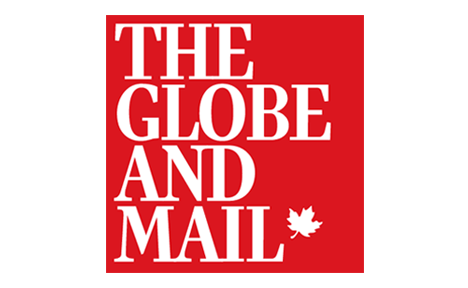The Globe and Mail: Want to eat better in 2016? Put it in writing.

There is often a disconnect between the health choices we think we are making and the choices we actually make. We don’t consciously quantify how many times we hit snooze on our alarm, watch TV instead of working out, or indulge in a treat. We delude ourselves into thinking these types of choices are exceptions, when they are often more normal than we want to admit.
A journal can help to highlight these disconnects; recording food choices and portions, as well as alcohol and water consumption, can foster a degree of nutritional mindfulness and provide useful data.
There are many apps and weight-loss programs that offer food-tracking options, but in my opinion they have too narrow a focus; they are primarily concerned with tracking calories.
Our eating habits are inextricably linked to our emotions, our lifestyle and habits, and our childhood eating patterns. Until you tackle your emotional connection to food, focusing on your food choices is relatively useless. You can stress-eat or binge-eat out of loneliness on any diet – lots of people overeat gluten-free cake and paleo treats. If you don’t become aware of the what, why and how of your eating patterns, your personal food habits will simply follow you from nutrition program to program.
I recommend using journalling to discover what I call the “WWH” of eating: Why you eat, when you eat, as well as how much and how you eat.
Do you eat when you are sad, angry, bored, tired, thirsty or uncomfortable? Are you a social eater or a closet eater? Only when you know your habits and your triggers can you can work to establish a detailed and tailored plan of attack.
Here are two iterations on the basic journal that can help you do that.
The ‘X vs. O’ journal
Draw five circles on each page of a journal. Each page represents one day, and the five circles represent three meals and two snacks. After every meal ask yourself, “Did I stop eating when I was full and did I generally make healthy choices?” If the answer is yes, you don’t have to write down what you ate; simply put an X through the circle.
If you made food choices that you were not happy with, write down what you ate, as well as how and why you ate the food. Were you tired or depressed? Did you grab food mindlessly off your co-worker’s desk or eat as you cooked?
At the end of one week, look over your food journal. Hopefully, your week will be full of Xs. If not, figure out when and why you made your unhealthy choices. Decide how you can make better choices next time.
The ‘hunger vs. want’ journal
Write down what you ate, but also note your hunger and degree of fullness before and after each meal. Write down if you ate when you were ravenous, hungry, full or stuffed, and if you stopped eating when you were pleasantly satisfied, full or stuffed. Use this data to learn in what situations you overeat. Do you mostly eat because you are hungry (a biological need)? Or do you eat when you are still full because you “want” food? Wanting food is more of an emotional response to food.
Remember, the point of keeping a journal is not simply to get the data, but to actually use it. Analyze your journal and learn from it. For example, if you noted that you often eat when full, make your goal to stop eating before you are stuffed. If you realize you always eat before you feel hungry, aim to eat only when you are starting to feel peckish.
One final note: The goal of journalling is to develop a degree of mindfulness today so that eventually you can be mindless. I don’t want anyone to journal forever; paying too much attention to food choices for too long can foster an unhealthy relationship with food and one’s body. Make your goal to become mindful of your habits so that healthier habits become your new norm. Eventually, I want you to be able to simply listen to your body and gravitate (mostly) toward the healthier choices without having to record and analyze everything that you eat.












